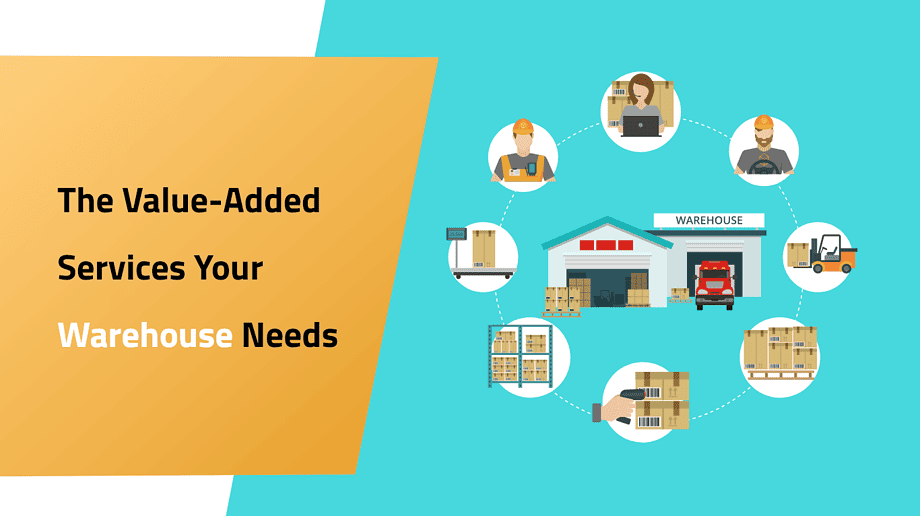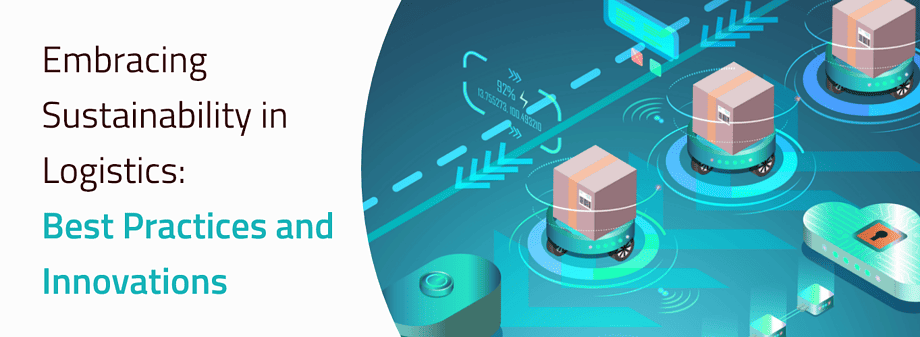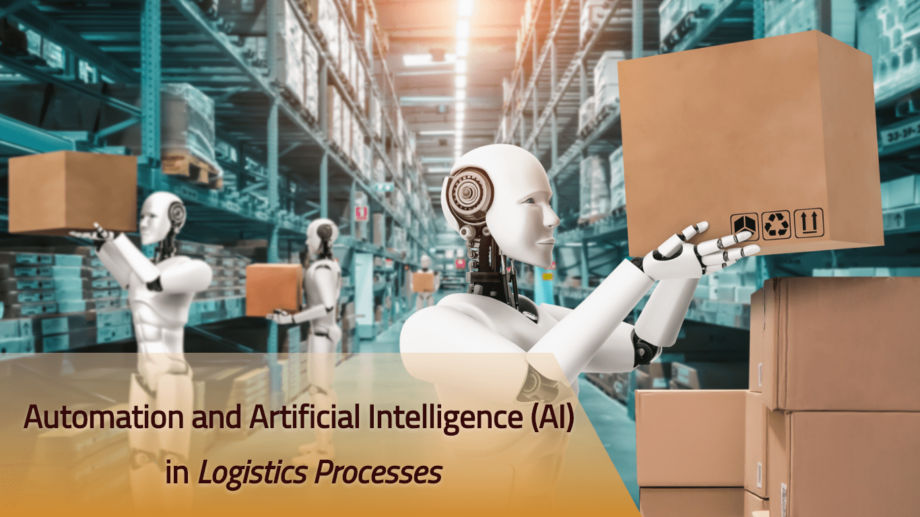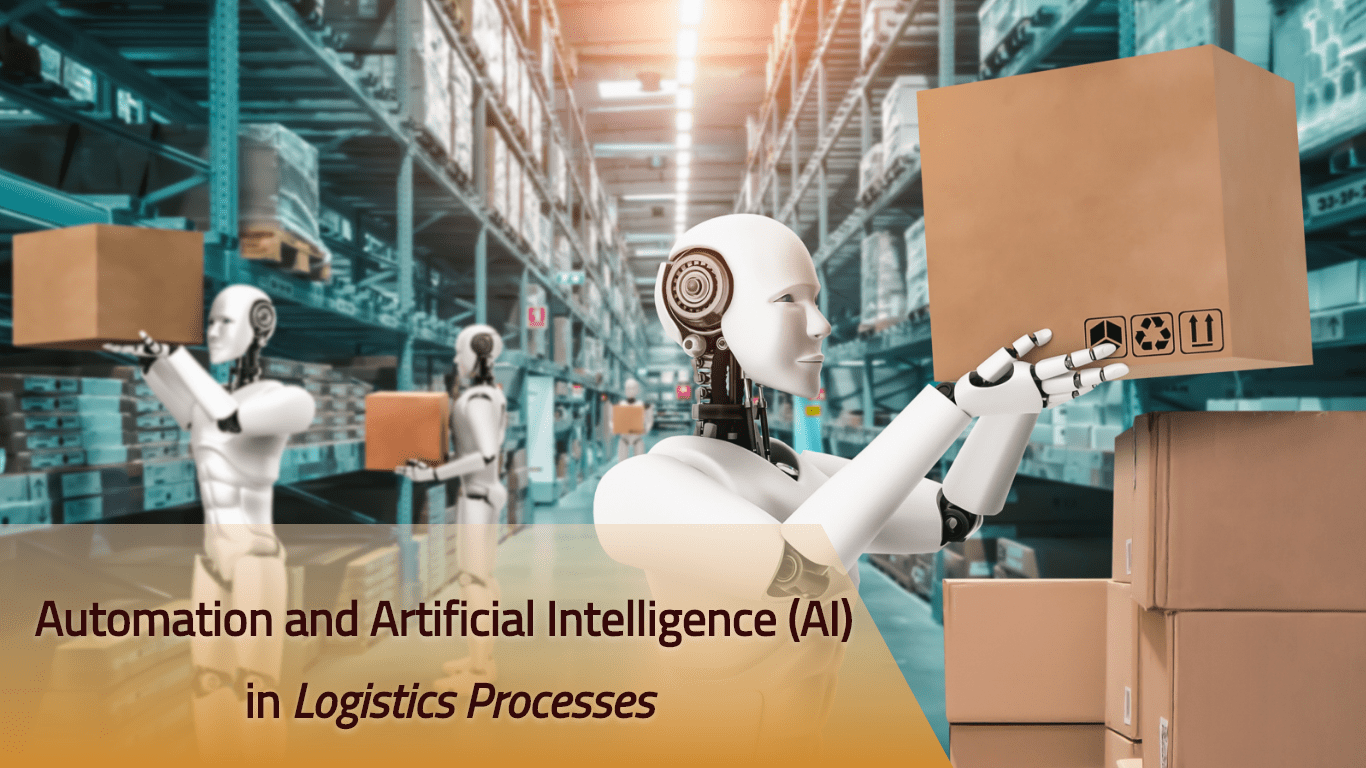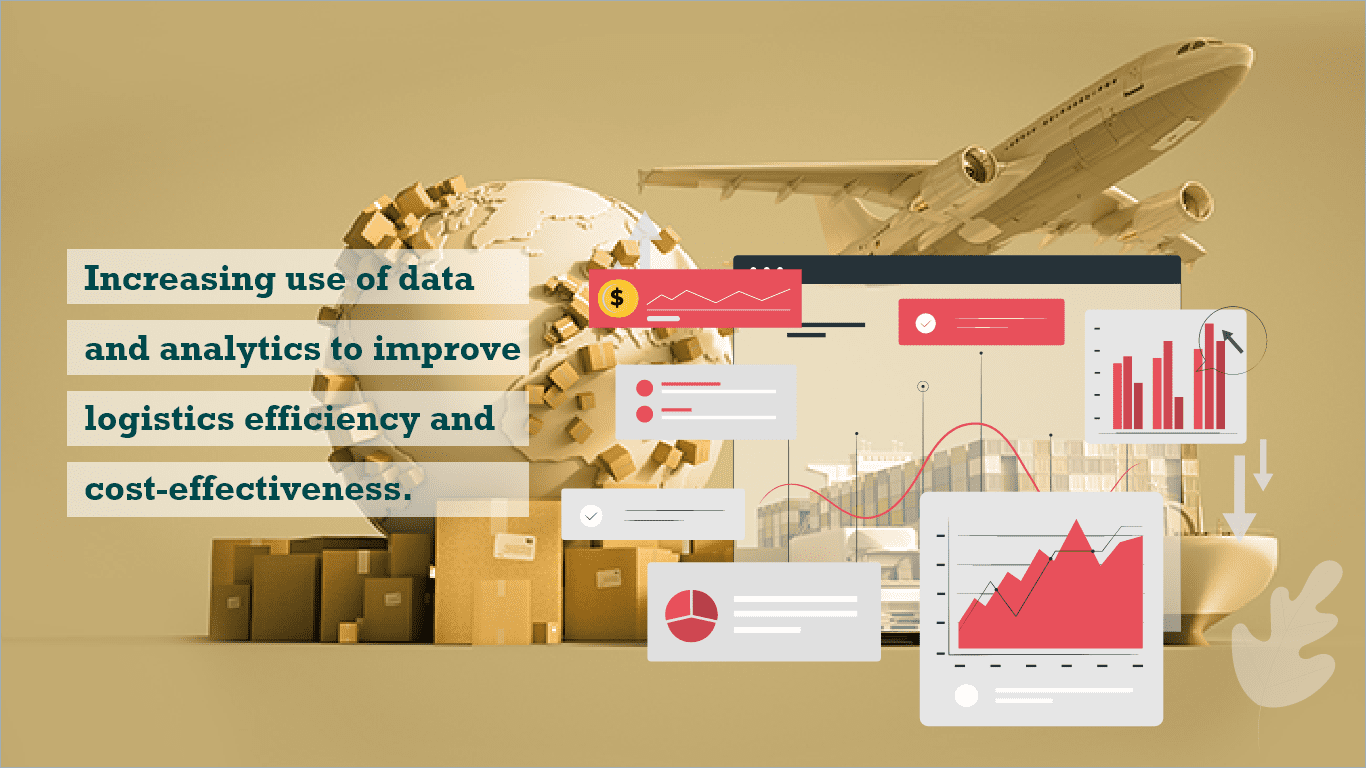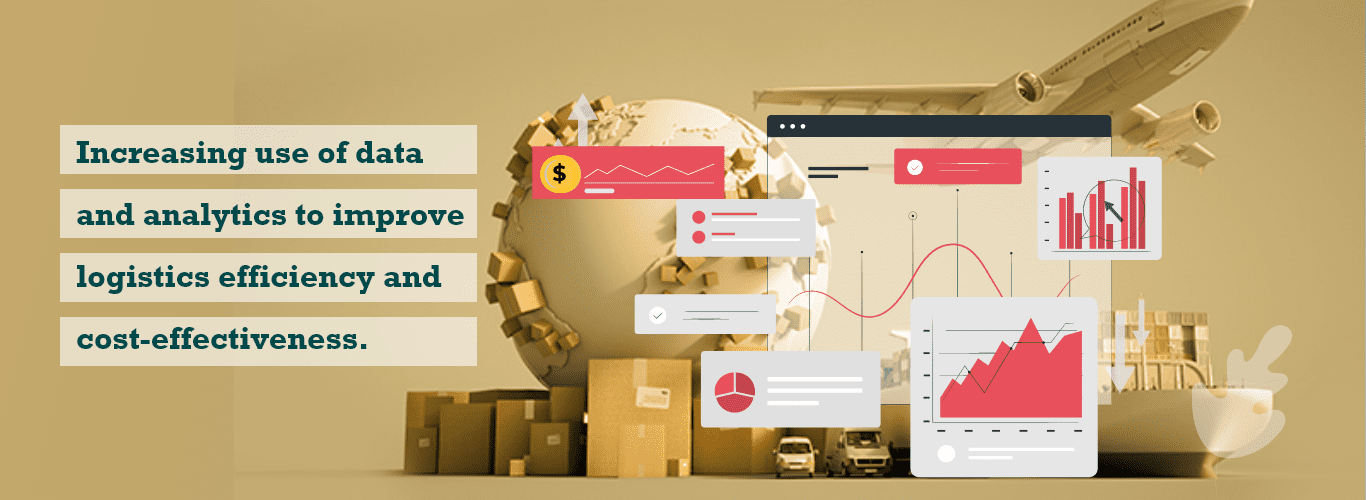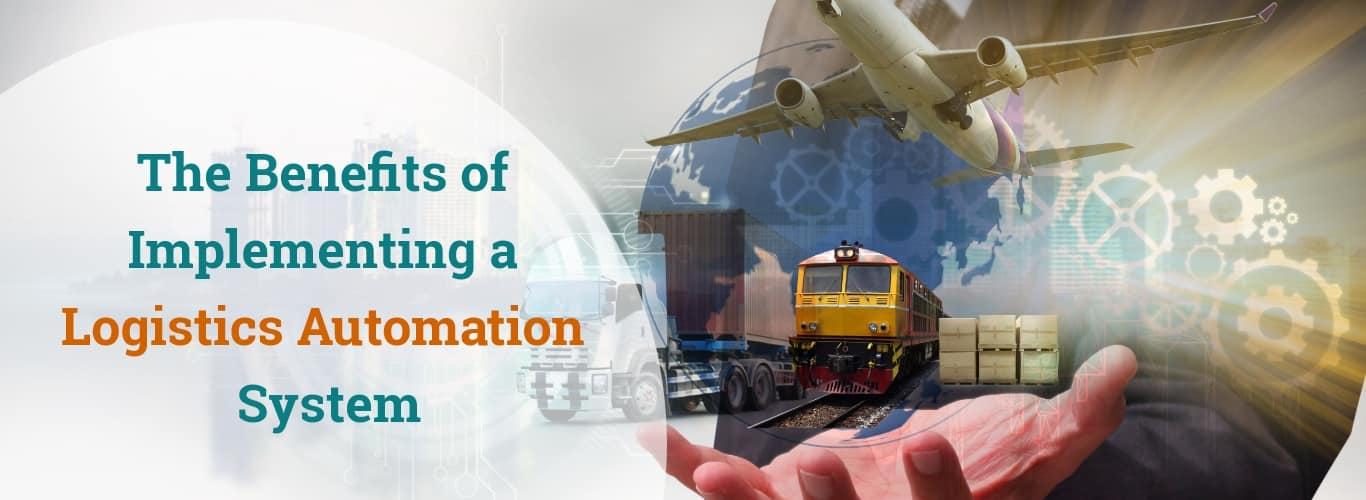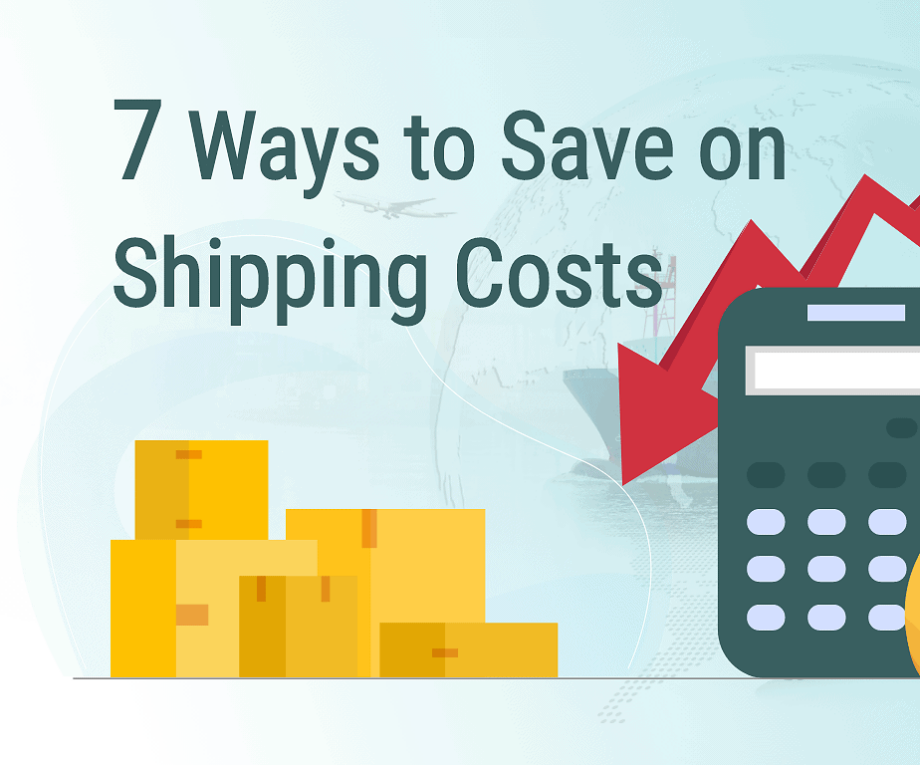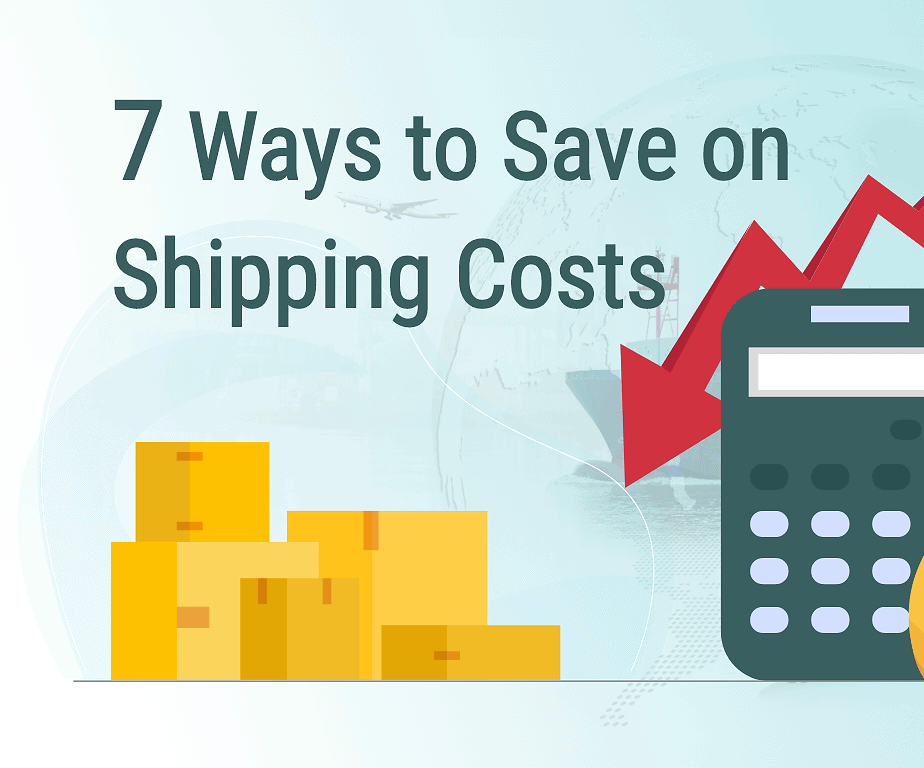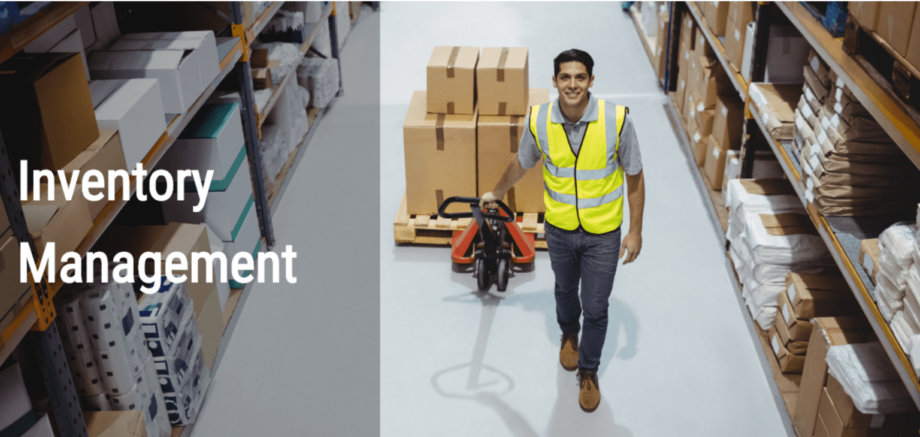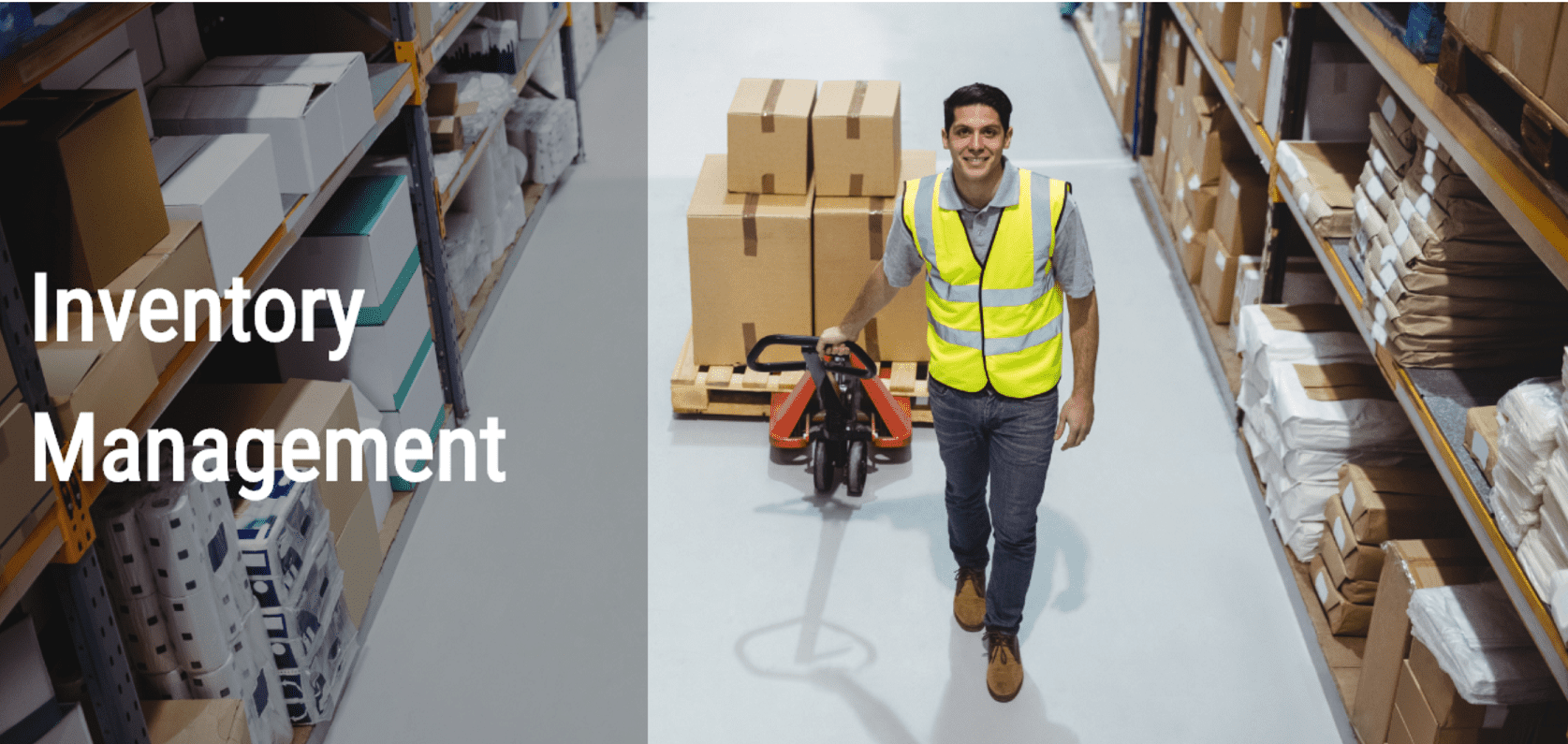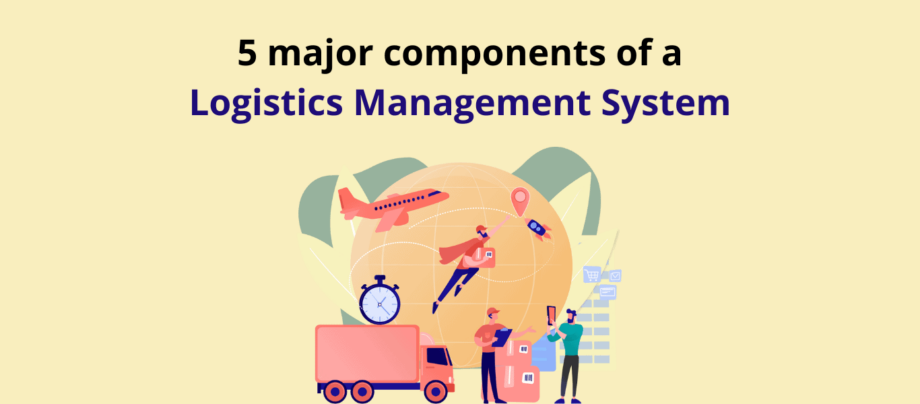The Future of Logistics Software: Predictions for 2023 and Beyond
The weak link in supply chains over the years has been transportation. In response, companies are working to offer great value to customers’ demands, while keeping their transport logistics budget sustainable.
We’ve seen tremendous growth in logistics advances ever since the 2020 pandemic, and these developments are reported to continue as top logistics trends for 2023 predict that sustainability and digitization play a significant role in the continued growth and improvement of supply chain management.
When we think of the supply chain, the first thing that comes to our mind is- “Logistics Technology 2023”. The only reason is that logistics technology has automated everything. It helped businesses and saved time in gathering data, processing, analysis, and transmission while maintaining high-level accuracy. Here logistics software is of great help in streamlining the flow of things in logistics operations.
An outlook into the future of the logistics industry (whether ocean, air, or ground) focuses on the advanced technologies making their way into our society’s mainstream. These advances revolve around many logistics sectors, including warehousing, mobility, supply chain stability, and security.
What will be the future of logistics software?
It’s difficult to predict the future of global logistics, as it depends on various factors, such as technological advancements and changing customer needs. However, you can look forward to the following trends in transportation and logistics in 2023 and beyond:
1. Artificial and Augmented Intelligence:
AI has been at the core of technology in various industry verticals and logistics is one of them. Logistics has begun integrating AI to refine the flow of operations by including transportation, route planning, and demand planning.
Moreover, Augmented Intelligence could be seen making its way into logistics. It will combine the efforts of human planners that include experience, customer service, flexibility, and more. The best example could be seen in warehouse management to optimise the distribution of diverse goods and their storage. It is the advent of third-generation business intelligence where we can expect smart industry systems to have stunning cognitive abilities that will display instructions of the work plan with detailed operational instructions. This transformation will help in reducing the lead time and training period.
According to research, In 2023 Augmented Intelligence is expected to create a business value of $2.9 trillion that will increase worker’s productivity by 6.2 billion hours globally. Thus, we can expect more and more companies to deploy AI solutions aimed to reduce errors and save cost and time.
2. Warehouse Robotics:
When it comes to warehouse operations, logistics have witnessed a significant transformation recently. If you closely look at the practice of adopting robotics in the logistics area, you will find more tangible and clear benefits.
Owing to the benefits, we can expect warehouse robotics to be in trend in 2021 and beyond. Robots can reduce human errors that can bring in significant profits as the cost incurred is significantly decreased.
Moreover, it will ensure the safety of workers by undertaking dangerous jobs such as checking high racks for storage spaces. Also, it helps increase the delivery speed and overall efficiency through automation that will eventually satisfy the customers and grow your brand.
So, above were the biggest trends that we can expect in the future. All these are likely to impact the logistics and manufacturing industry, where logistics software will have a crucial role to play.
If you are looking forward to a solution, try logistics software from LogixGrid Technologies top logistics application development company. We have worked with numerous companies across the globe and helped them to grow their business.
3. Data standardization and Advanced Analytics:
When it comes to data standardisation, it has never been at the core of the logistics industry. Companies have stored it wherever they wanted to, but that leads to a scattered ecosystem resulting in inefficient operations that lacked digitization.
So, the companies who want to survive the massive changes that are to come will have to keep up with the data standardisation and incorporation of advanced analytics.We can see that companies are moving towards creating common information technology standards to completely digitise and facilitate interoperability.
Moreover, young startups are focusing on advanced analytics platforms to resolve data inconsistency issues that are helping to cleanse the data. Some of the best deployments could be seen in the areas of proactive linehaul planning, demand forecasting, predictive maintenance, last-mile delivery improvements, and more.
4. Last Mile Delivery Automation:
Last-mile logistics is part of the supply chain that has been the target for many businesses after the omnichannel distribution in E-commerce. We can call it delivery uberization which is based on the direct contact between consumers through mobile technologies.
Last-mile delivery logistics are subject to automation at a greater level that includes trans-shipment and fulfilment centres, logistic hubs, shipping automation, advanced analytics, and the usage of ML. It is undertaken to simulate and predict customer behavior patterns, forecast material flow, and logistics routes.
5. The Rise of E-Freight:
Technology is transforming air logistics with the introduction of end-to-end paperless air cargo transportation. Like most industries, air freight forwarding is looking to reduce paper use in the future.
There will be an introduction of software for digital invoicing, freight tracking, and more. The goal is to create a paperless future in air logistics. This system will help reduce carbon emissions and waste generated by air cargo companies.
6. Introduction to Regionalization:
Globalization made it possible for consumers to have everything they want at any given time and in any quantity. But the rising number of consumers makes it challenging to avail goods on demand. These consumers are also choosy regarding their purchasing choices, meaning they won’t accept alternative items.Regionalization means reorganizing the manufacturing of products into smaller blocks in more localised economies. The goal of this strategy is to move production closer to the customers. It allows for shorter transport routes to foster trust and authenticity. Logistics companies can now directly contact the people behind a product and fulfill customers’ orders.
Expect more logistics companies to embrace regionalization over globalisation. In the long run, processes become more efficient and cost-effective. Regionalization helps address the velocity and agility issues of supply chains. It’s a great way of keeping up with consumers’ growing expectations.
2023 call:
2023 will be a “learn” year for machine learning in supply chain and logistics operations. As ML arrangements go more standard in 2023, supply chain and logistics technology industries will study its capacities — where it works and doesn’t (we’ve proactively seen a portion of these cases). We will likewise see more complex purposes of ML that join it with “traditional” algorithms to determine optimization improvement areas and system configurations in planning technology.
Conclusion
Smart technology and smarter decision-making based on supply chain data are among the most significant logistics industry trends for 2023. It all adds to greater sustainability, which will continue to be the central theme to orchestrating competitive edges for the storage and distribution of products. Sustainable solutions like LogixPlatform help organise a warehouse to avoid shipping errors. Learn more from the most innovative technologies about other ways to achieve supply chain sustainability.
Overall, the future of logistics software looks bright, with emerging technologies and a growing focus on efficiency and sustainability driving innovation in the industry.

